Top Things to Know Before Buying and Growing Vegetables at Home
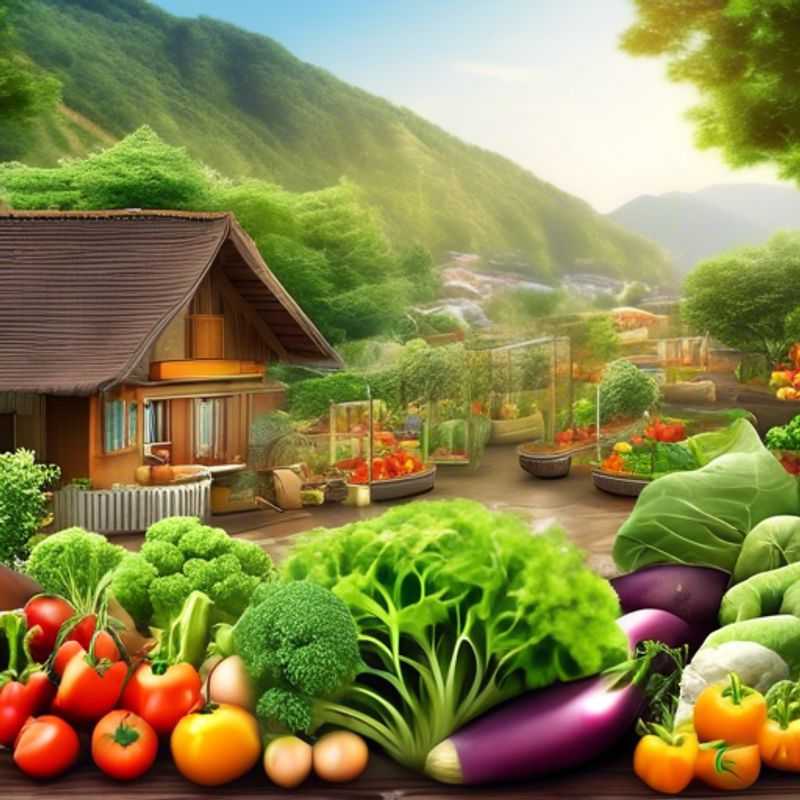
Top Things to Know Before Buying Grow Vegetables at Home: Sunlight, Climate, Soil Quality, Planting Depth & Spacing, Watering, Pest Control, Care & Harvesting
So you're ready to embark on the rewarding journey of growing your own vegetables? Fantastic!
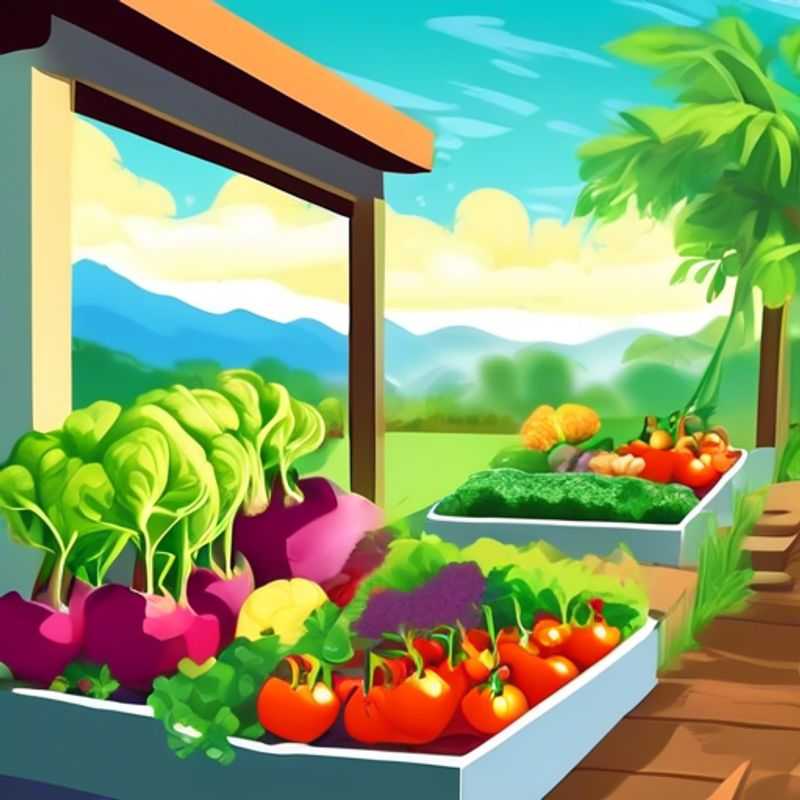
Sun-Kissed Success: How to Measure Sunlight for Your Plants
Sunlight is crucial for plant growth, and knowing how much your growing area receives daily is essential for successful gardening. Determining this can be as simple as observing your yard or as detailed as using a solar tracking app. Here's a quick breakdown:
Visual Observation: The simplest method is to observe your growing area throughout the day. Note the hours of direct sunlight and the amount of shade. This gives you a general idea of sun exposure.
Sun Tracking Apps: For a more precise assessment, consider using apps like Sun Seeker or SunCalc. These apps use your location and the time of year to create a detailed sun path diagram, showing sunlight duration and direction throughout the day.
Online Tools: Numerous websites offer free online calculators to determine sun exposure based on your location and the time of year. Simply enter your address or coordinates to get an estimated number of sunlight hours.
Professional Assessment: If you need a more accurate or detailed analysis, consider consulting a professional landscape designer or arborist. They can use specialized equipment to assess the exact sunlight hours and provide personalized recommendations for your garden.
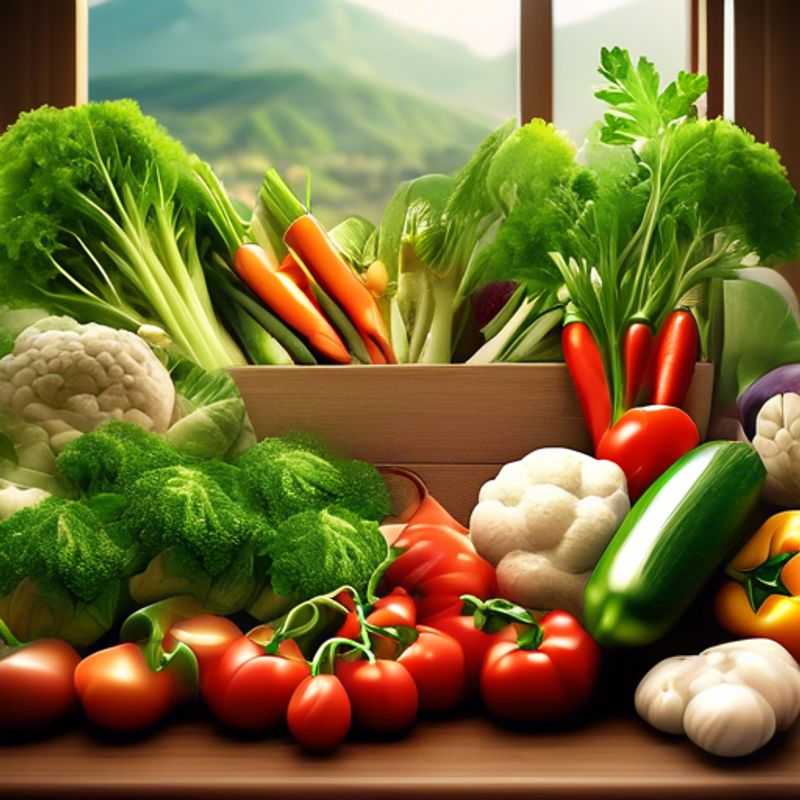
Grow with the Seasons: Choosing Vegetables for Your Local Climate
Growing vegetables that thrive in your local climate is the foundation of a successful garden. Choosing vegetables that are well-suited to your region's climate and growing season will increase your chances of success. Consider the average temperatures, rainfall, and length of the growing season in your area. For example, if you live in a hot, dry climate, you might choose vegetables like tomatoes, peppers, and melons that thrive in warm conditions. Conversely, in a cool, damp climate, you might focus on vegetables like lettuce, spinach, and carrots that tolerate cooler temperatures.
To help you plan your vegetable garden, consider using a planting calendar that is tailored to your region. Planting calendars provide valuable information on the best times to sow seeds and transplant seedlings for various vegetables. They take into account the local climate and growing season to ensure optimal timing for planting. Remember, even within a region, microclimates can exist. Factors like shade, wind, and soil type can impact the suitability of certain vegetables for your specific garden space. Observe your garden throughout the year to understand its unique conditions and adapt your plant choices accordingly.
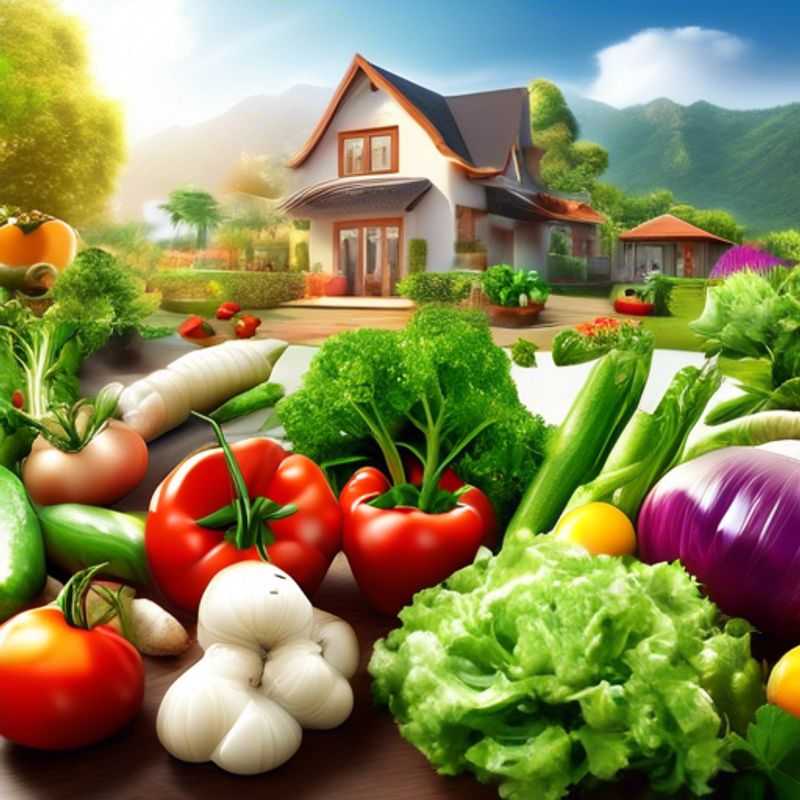
Nurturing Your Garden's Foundation: Investing in Quality Soil and Amendments
Investing in quality soil is like investing in the foundation of your garden. It's the basis for healthy and thriving plants. Think of it as a bank account for your garden, with nutrients and microorganisms that your plants can draw from. The key is to start with a good quality soil and then amend it with compost or fertilizer as needed.
Compost is a natural, nutrient-rich soil amendment made from decomposed organic matter. It helps improve soil structure, aeration, and water retention. Compost is like a multivitamin for your soil, providing a slow release of nutrients that your plants can readily absorb. You can make your own compost or purchase it from a local nursery or garden center.
Fertilizers are a concentrated source of nutrients that can quickly boost the growth of your plants. They come in various forms, including granular, liquid, and slow-release. Choosing the right fertilizer depends on your plant's needs and the specific nutrient deficiencies in your soil. For example, nitrogen is essential for leaf growth, phosphorus for root development, and potassium for flowering and fruiting. You can get soil testing done to determine the specific nutrients your soil needs.
Remember, consistent soil care is a long-term investment. It's not just about getting quick results; it's about building a healthy and thriving garden ecosystem. It's like taking care of your health. It's a process that requires attention and care over time.
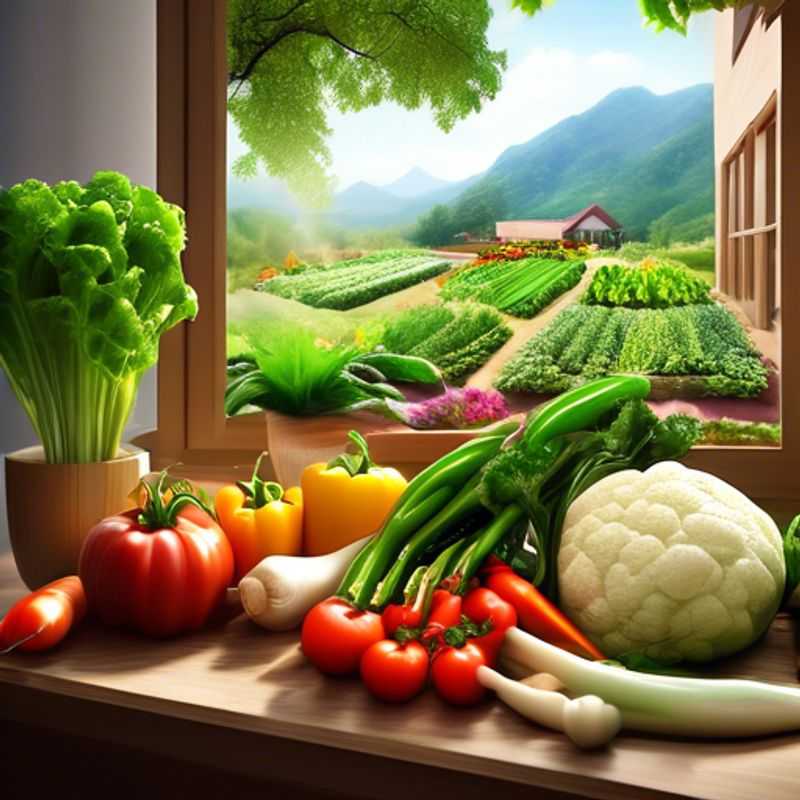
Unlocking Success: Mastering Planting Depth and Spacing for Vegetable Varieties
Getting your veggie garden off to a great start means understanding optimal planting depth and spacing for each variety. This is where you can truly see the benefit of a little research! While it might seem like a small detail, it can make a big difference in your harvest.
Planting depth is all about giving your seeds or seedlings the best chance to germinate and develop strong roots. Too shallow, and they might dry out; too deep, and they might struggle to reach the surface. You'll find this information on seed packets, or you can easily search online for specific vegetables.
Spacing is about giving your plants room to grow and thrive without competing for resources. Crowding can lead to disease, poor growth, and lower yields. The right spacing allows for good airflow, which can help prevent fungal diseases.
Think about the mature size of each plant when determining spacing. You might be surprised at how much space some vegetables need!
A little research on optimal planting depth and spacing for each vegetable variety can help you reap a bountiful harvest. Happy gardening!
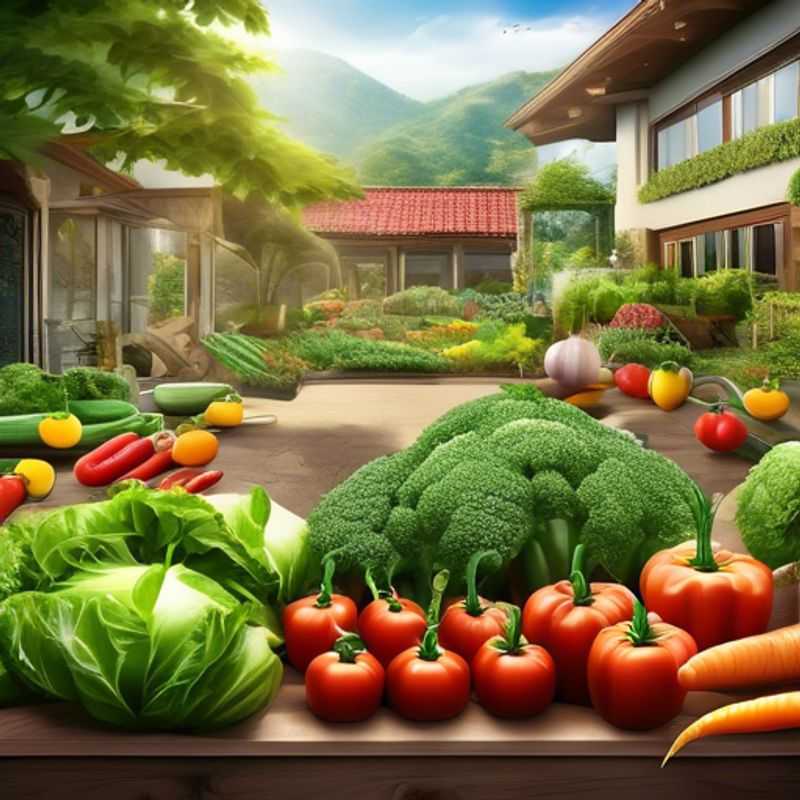
The Art of Consistent Watering: Keeping Soil Happy, Not Soggy
Maintaining a consistent watering schedule is crucial for healthy plant growth. It's a balancing act: keeping the soil moist without overwatering and creating waterlogged conditions. Here's a simplified guide to ensure your plants thrive:
1. Understand Your Plant's Needs: Different plants have different watering requirements. Some prefer consistently moist soil, while others tolerate drier conditions. Research your specific plant's needs to determine its water preference.
2. Feel the Soil: Before watering, stick your finger about an inch into the soil. If it feels dry, it's time to water. If it feels moist, wait a bit longer. This helps you avoid overwatering.
3. Water Deeply: When you water, apply enough water to thoroughly moisten the soil. This encourages roots to grow deep and allows the plant to absorb water efficiently. Avoid shallow watering, as it only moistens the surface and doesn't reach the roots.
4. Allow Soil to Dry Slightly: Don't water again until the top inch of soil feels dry. This allows air to circulate and prevents root rot.
5. Monitor for Signs of Overwatering: Yellowing leaves, wilting, and stunted growth can be indicators of overwatering. Adjust your watering schedule accordingly if you notice these symptoms.
Remember, there's no one-size-fits-all approach. Paying close attention to your plants' needs, using the finger test, and watering deeply are crucial steps in maintaining a healthy and thriving garden.
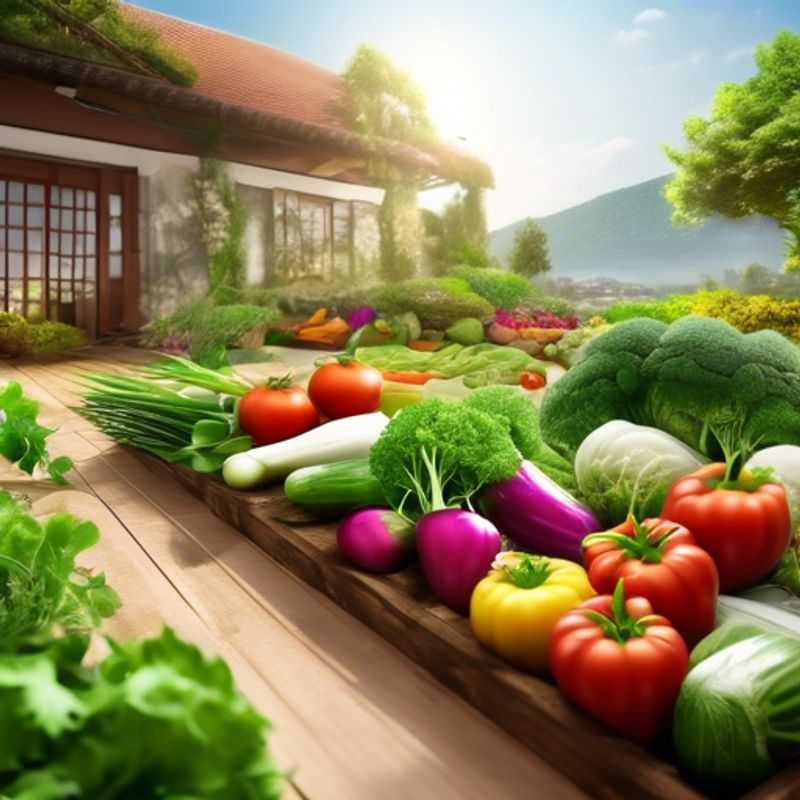
Nurturing Nature's Bounty: Protecting Your Plants with Organic Pest and Disease Control
Protecting your plants from pests and diseases organically is a great way to keep your garden healthy and chemical-free. Here are some important tips:
Start with healthy plants: Choose disease-resistant varieties and ensure your plants are well-nourished and watered. Healthy plants are naturally more resistant to pests and diseases.
Inspect your plants regularly: Look for any signs of pest infestations or disease, such as holes in leaves, discoloration, or wilting. Early detection allows for swift action.
Introduce beneficial insects: Beneficial insects like ladybugs, lacewings, and praying mantises can help control pest populations. You can purchase them or encourage them to visit your garden by planting flowers that attract them.
Use organic pesticides: Neem oil, insecticidal soap, and horticultural oil are safe and effective for controlling pests. Always follow the instructions carefully and use them sparingly.
Use organic fertilizers: Compost, manure, and other organic fertilizers can enrich your soil and make your plants more resistant to disease. They also help attract beneficial insects.
Remove weeds: Weeds can harbor pests and diseases, so it's important to keep your garden weed-free.
Rotate your crops: Rotating your crops every year can help break the cycle of pests and diseases.
Keep your garden tools clean: Wash your tools with soap and water or disinfect them with rubbing alcohol to prevent the spread of diseases.
Mulch your garden beds: Mulch helps regulate soil temperature and moisture, suppress weeds, and protect the soil from erosion.
By following these tips, you can create a thriving garden that is protected from pests and diseases using organic methods.
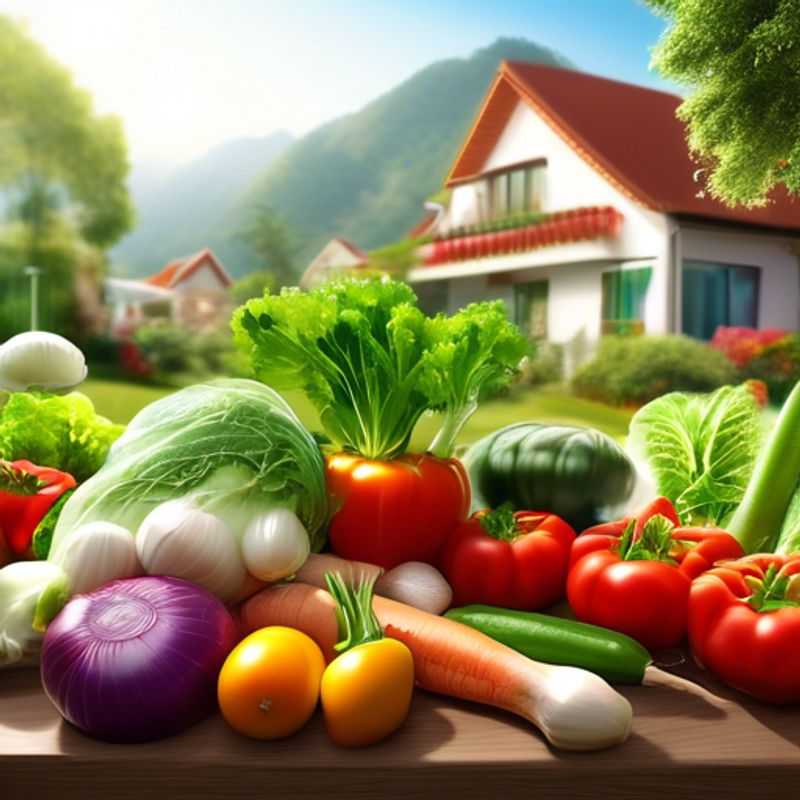
Unlocking Success: Tailored Care and Harvesting for Your Veggie Garden
Planning a vegetable garden? Knowing the specific care and harvesting requirements for each vegetable is crucial for a successful harvest. Let's dive into the key factors to consider.
Sunlight: Most vegetables thrive in full sun, requiring at least 6 hours of direct sunlight daily. However, some, like leafy greens, prefer partial shade. Research the specific sunlight requirements for your chosen vegetables.
Soil: A well-draining soil with a pH range of 6.0 to 7.0 is ideal for most vegetables. Soil testing can provide valuable insights into your soil's composition and nutrient levels, guiding you on necessary amendments.
Watering: Consistent moisture is key. Regular watering, especially during dry periods, is essential, but avoid overwatering which can lead to root rot. Water deeply and less frequently to encourage deeper root growth.
Fertilizing: Vegetables require nutrients to grow. Use a balanced fertilizer, specifically formulated for vegetables, following the instructions on the label. Organic options, like compost and manure, offer a slow-release nutrient source.
Harvesting: This is where your patience pays off! Harvest your vegetables at the peak of freshness. For example, pick tomatoes when they are ripe and firm. For leafy greens, harvest them before they become too mature or bitter.
Pest and Disease Control: Use organic methods like companion planting or beneficial insects to deter pests. Rotate your crops each year to break disease cycles.
Planning: To estimate your budget for a vegetable garden, consider costs for seeds or seedlings, fertilizer, soil amendments, and tools. You can save money by using seeds from previous harvests or starting your own seedlings.
Remember, gardening is a journey, not a destination. Start with a few easy-to-grow vegetables and gradually expand your knowledge and skills.
